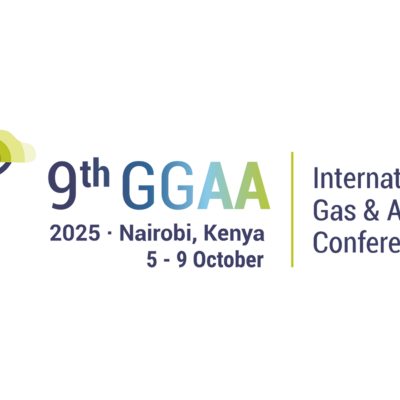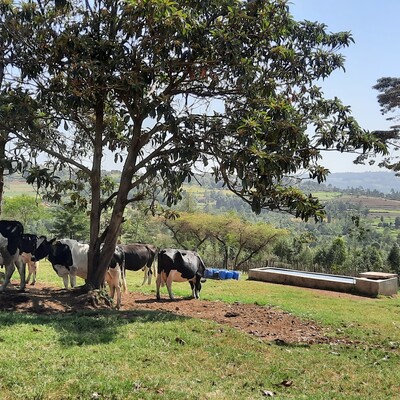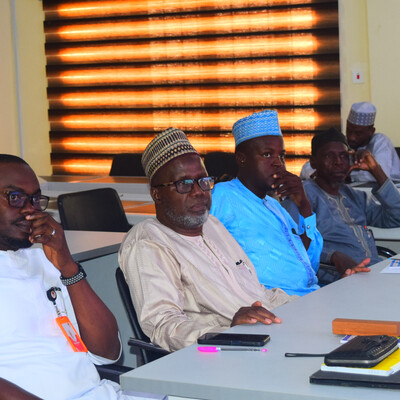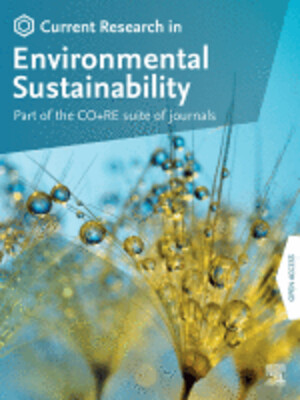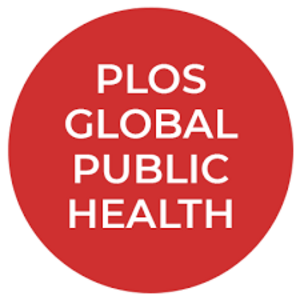
Kenya Climate Smart Agriculture Project (KCSAP)
Project summary
The Kenya Climate-Smart Agriculture Project (KCSAP) is a Kenya Ministry of Agriculture, Livestock, Fisheries and Cooperatives project funded by the World Bank’s International Bank for Reconstruction and Development (IBRD). The overall goal of the KCSAP project is, “to increase agricultural productivity and build resilience to climate change risks in the targeted smallholder farming and pastoral communities in Kenya, and in the event of an eligible crisis or emergency, to provide an immediate and effective response”. To meet this goal, the ILRI Mazingira is leading a collaboration within the KCSAP project to up-scale climate-smart agriculture (CSA) practices to support smallholder farmers to adopt integrated climate-smart Technology, Innovation and Management Practices (TIMPs). The project aims to achieve “triple wins” from CSA based on the implementation of the TIMPs to increase productivity, adaptation, and mitigation (reduced GHG emission intensity, i.e. GHG emission per product). ILRI Mazingira is particularly focused on evaluating GHG emission indicators (i.e., baseline productivity and GHG emission intensities), as well as the effects of TIMPs adoption on GHG emission indicators for the important crops (sorghum, millet, cassava) and livestock (dairy) value chains in Kenya. ILRI Mazingira is collaborating with Rothamsted Research (UK), Cool Farm Tool, and U.N. Food and Agriculture Organization (FAO) to execute project objectives.
Objectives
Within the KCSAP project, ILRI Mazingira aims to develop survey methods to reliably estimate GHG emission indicators and achieve the following objectives:
- Generate baseline estimates of GHG emission indicators (i.e. GHG emission intensities) for KCSAP
- Evaluate the effect(s) of TIMPs adoption on GHG emission indicators
- If possible, use the methods developed as a Monitoring and Evaluation (M&E) tool for assessing the progress of TIMPs toward meeting KCSAP objectives.
Methods
To achieve the above objectives, ILRI Mazingira will:
- Determine methods for verifying and measuring GHG emission indicators for selected commodity values chains based on international best practices to establish GHG emission indicators
- Undertake primary and secondary data collections and establish baseline GHG emission indicators for selected commodity value chains that did not adopt TIMPs and that adopted TIMPs
- Analyze collected data
- Upscaling collected data and model effects of TIMPS adoption on GHG emission indicators
- Hold stakeholder workshops to validate findings and build stakeholders’ capacity for the collection of data to determine GHG emissions indicators
Outcomes
- Baseline data on productivity and GHG emission indicators for important crop (sorghum, millet, cassava) and livestock (dairy) value chains in multiple counties in Kenya
- Collect and analyze data on the mitigation potential (i.e. reduction in GHG emission intensities) of adoption of TIMPS on selected value chains
- Modelling and upscaling of baseline GHG emission indicators and TIMPS adoption using modelling tools such as GLEAM-i and Cool Farm Tool for selected value chains
- Conduct stakeholder feedback workshop to validate and build capacity for the adoption of TIMPS practices






